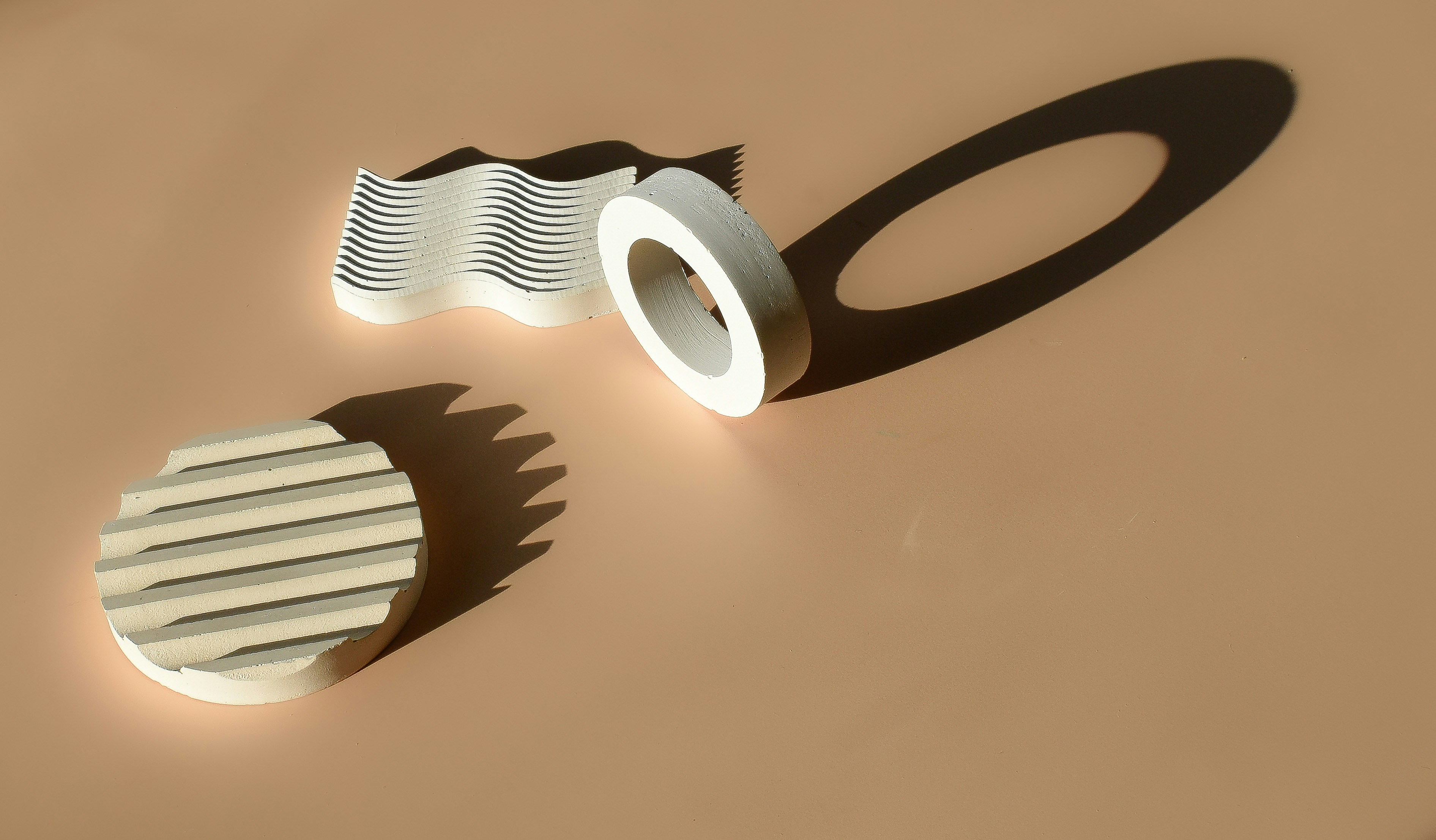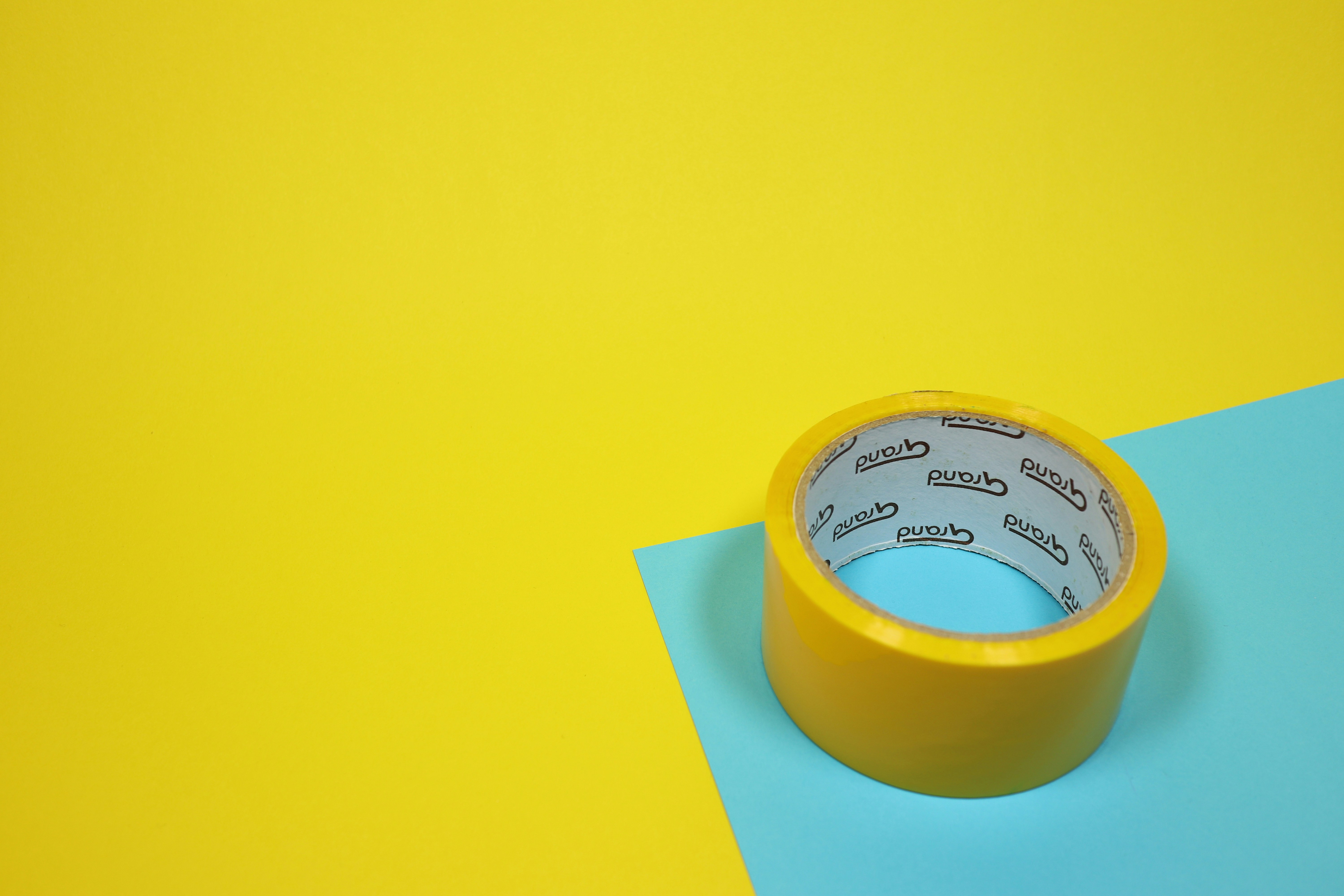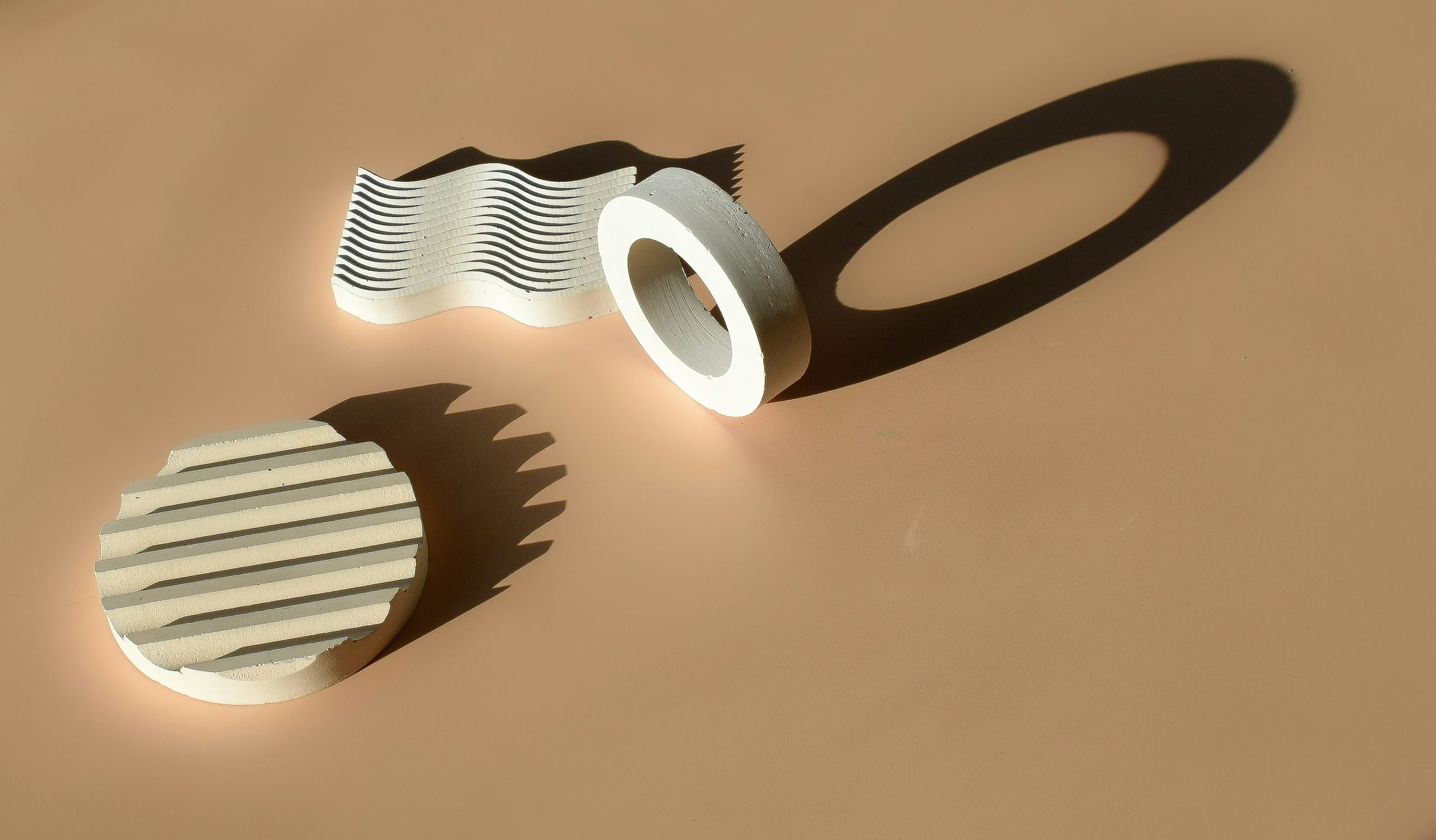Introduction to Automotive Protective Tape
When it comes to protecting your vehicle, you can never be too careful. Cars face a myriad of threats every day—from road debris and harsh weather conditions to scratches from careless parking. Enter automotive protective tape, the unsung hero of vehicle maintenance that provides an extra layer of defense for your prized possession. This versatile solution is designed not only to shield your car’s exterior but also to maintain its aesthetic appeal over time. If you’re looking for a practical way to keep your vehicle in top shape while enhancing its longevity, this innovative product might just be what you need. Let’s dive deeper into the world of automotive protective tape and explore how it can make a difference for your ride.
Types of Automotive Protective Tape

Automotive protective tape comes in several varieties, each designed for specific applications. Clear vinyl tape is popular for protecting painted surfaces from scratches and chips. Its transparency ensures that the vehicle’s aesthetics remain intact.
Then there’s PPF (paint protection film), which offers superior durability against UV Protective Film for Cars HS05 rays and environmental contaminants. This type of tape is thicker and often self-healing, making it ideal for high-impact areas.
Next up is adhesive transfer tape, perfect for securing emblems or decorative stripes without adding bulk. It adheres seamlessly to various materials, ensuring a smooth finish.
For those who need extra grip, textured tapes provide anti-slip properties on steps or bumpers. These tapes are especially useful in enhancing safety during entry and exit from vehicles.
Reflective automotive tape not only protects but also enhances visibility at night or in low-light conditions. Each type serves its purpose while offering reliable protection to your vehicle’s surface.
Benefits of Using Automotive Protective Tape
Automotive protective tape offers a range of advantages for vehicle owners. One significant benefit is its ability to shield your car’s paint from scratches and chips. Whether it’s road debris or everyday wear, this tape acts as a barrier against damage.
Another advantage is its versatility. You can use automotive protective tape on various surfaces, including bumpers, hoods, and door edges. This adaptability makes it easier to customize the protection based on your vehicle’s needs.
Additionally, many types of automotive protective tapes are resistant to weather elements. They remain effective against UV rays and moisture, ensuring long-lasting protection throughout different seasons.
Applying this tape can also save you money in the long run by reducing repair costs associated with paint damage. It keeps your car looking newer for longer periods without needing frequent touch-ups or repainting efforts.
How to Properly Apply Automotive Protective Tape
Applying automotive protective tape requires careful preparation for the best results. Start by cleaning the surface where you plan to apply the tape. Use a gentle cleaner to remove dirt, dust, and grease.
Once clean, dry the area thoroughly with a microfiber cloth. This ensures better adhesion and prevents any moisture from affecting the tape’s performance.
Next, measure out your required length of tape and cut it neatly. Avoid stretching or pulling on it too much as you apply; this could lead to uneven placement.
Carefully position the tape onto the surface without creating air bubbles. If bubbles do form, use a small tool or your finger to smooth them out gently.
Press firmly along the edges of the tape to secure it in place. Taking these steps will help ensure that your automotive protective tape remains effective over time.
Maintenance and Removal of Automotive Protective Tape

Maintaining automotive protective tape is essential for ensuring its longevity and effectiveness. Regularly inspect the tape for any signs of wear or lifting edges. If you notice dirt or grime buildup, gently clean the surface with a mild soap solution using a soft cloth.
When it’s time to remove the tape, do so carefully to avoid damaging the vehicle’s paint. Start at one corner and slowly peel back at a 45-degree angle. Heat can help in loosening adhesive; consider using a hairdryer on low heat if needed.
After removal, some residue may be left behind. This can usually be wiped away with an adhesive remover or rubbing alcohol applied on a soft fashion cloth. Always test cleaners in an inconspicuous area first to ensure they won’t harm your vehicle’s finish. Proper maintenance ensures your automotive protective tape continues to shield your vehicle effectively while enhancing its appearance.
Other Uses for Automotive Protective Tape
Automotive protective tape isn’t just for vehicles. Its versatility makes it a handy tool in various settings. For instance, DIY enthusiasts often use it to protect surfaces while painting or remodeling.
In the home, it’s excellent for safeguarding furniture from scratches during moves or renovations. It can even be applied on floors to create temporary barriers against spills and stains.
Moreover, outdoor enthusiasts find automotive protective tape useful for gear protection. Whether camping equipment or bicycles, a layer of this tape helps guard against dirt and damage.
Pet owners can also benefit from its adhesive qualities by using it to secure pet bowls or mats in place, preventing messes around the house.
The applications are endless; with creativity, automotive protective tape proves itself indispensable beyond the garage.
Conclusion
Automotive protective tape is an essential investment for any vehicle owner looking to enhance the longevity and appearance of their car. With various types available, such as clear film and vinyl wrap, you can choose the best option that suits your needs.
The benefits are numerous. Automotive protective tape shields against scratches, chips, and even UV damage. It offers peace of mind knowing your vehicle’s finish remains intact while driving through different environments.
Applying automotive protective tape is straightforward when done correctly. Cleaning the surface thoroughly ensures proper adhesion, while careful placement allows for a seamless look. Regular maintenance keeps it looking fresh and prolongs its effectiveness.
Beyond just vehicles, this versatile product finds utility in numerous applications around the home or workshop. From protecting surfaces during painting projects to securing items during transport, its uses extend far beyond automobiles.
Choosing automotive protective tape means investing in your vehicle’s future health and aesthetic appeal—an intelligent choice for anyone passionate about their ride!

